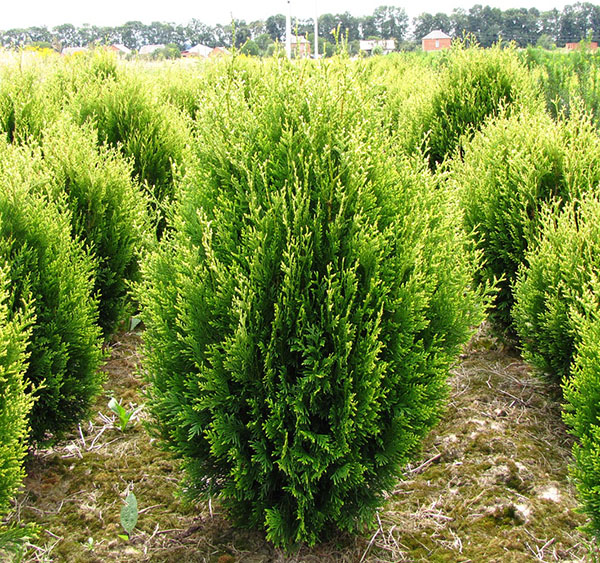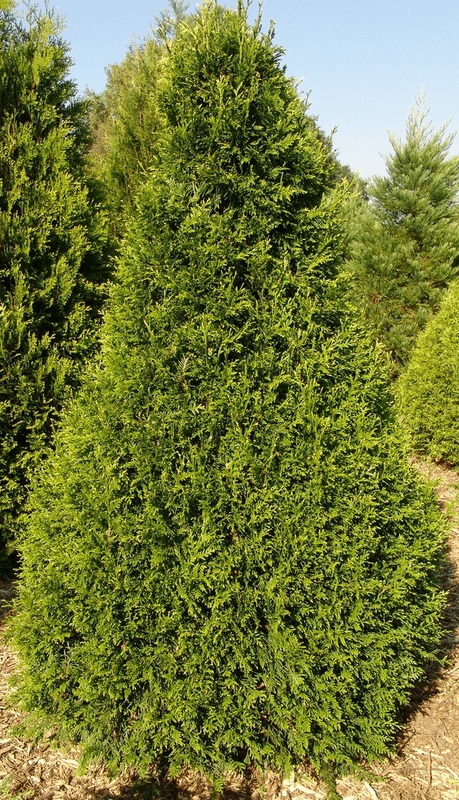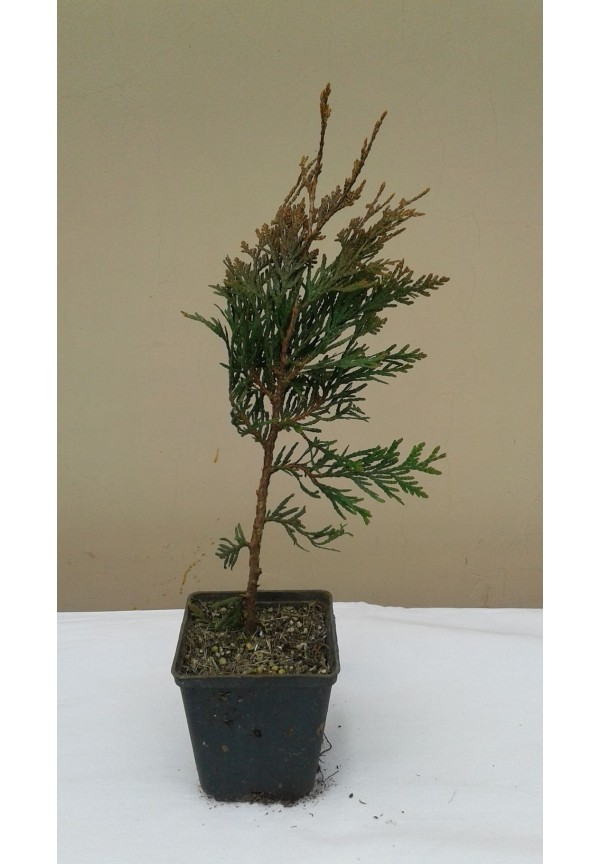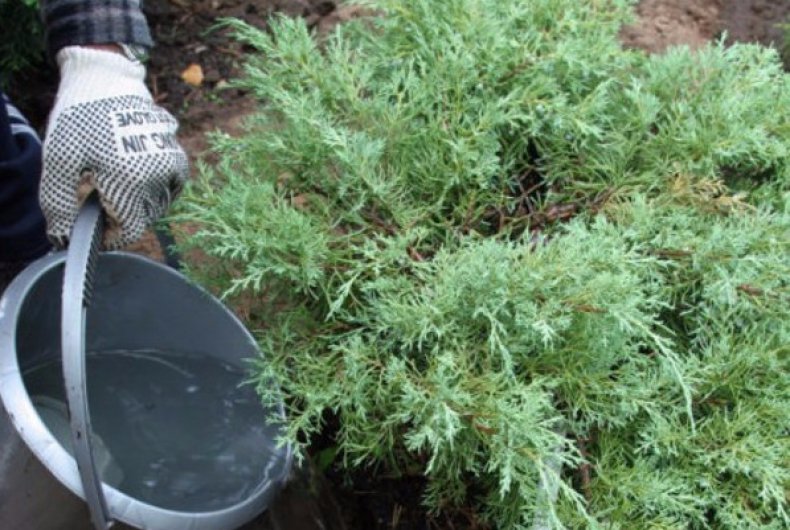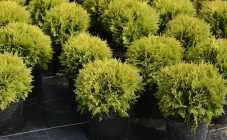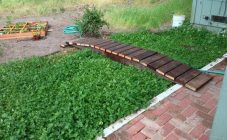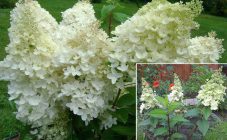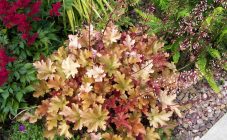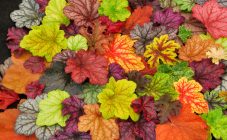According to the generally accepted classification, folded thuja (or in another way giant) belongs to the most common plants from the well-known Cypress family. The specified evergreen coniferous tree belongs to the subspecies of gymnosperms (genus Tuya); North America is considered to be its homeland.
All over the world, there are several species of this rather unique plant, but most of them are grown in warm southern countries. Thuja kornik (folded) is especially common on the American continent, where it is bred in the highlands of California and Alaska.
However, subject to the generally accepted rules of agricultural technology, the folded cornice can be grown without any problems in central Russia (in the Moscow region, for example).
At the same time, thuja zebrina (or cancan) is widely used for ennobling park plantings, in addition, with its help, the landscape design of individual garden zones can be formed. Situations are not uncommon when this evergreen plant is used in the arrangement of so-called "hedges".
Description
Known for the variety of its names, the thuja of the Foreva Goldie variety belongs to giant evergreen trees with a rather dense crown. It is formed by clusters of highly branched branches, on which rather lush scale-like needles grow.
Under natural conditions of development, this culture can grow up to 60 meters in height, and the diameter of the tree in the girth sometimes reaches 2.5 meters. With artificial cultivation of this plant, its height does not exceed 15 meters.
They are cultivated purposefully for the design of garden and park ensembles and are adapted to the realities of the Russian climate, that is, they are more hardy and resistant.
The characteristic of an ordinary folded thuja can be presented in the form of the following description of the features of this plant:
- The trunk is covered with an original fibrous crown and has a brownish-red color shade characteristic of southern species.
- For this reason, such a tree is often called "red cedar".
- Its crown looks very dense and differs in the pyramidal shape inherent for the "southerners".
- The leaves of the plants of this variety are extremely narrow (their width does not exceed 1 mm).
- Over time, they gradually thicken and acquire the characteristic thuj gloss with barely noticeable glimpses on the outer surface.
Agrotechnics
Breeding material
For planting thuja cancan, planting and caring for which this section will be devoted to, several methods can be used, namely:
- Planting seedlings.
- Sowing with seeds.
- Reproduction by means of cuttings.
For breeding according to the first of these methods, purchased seedlings are taken, which have passed special selection and preliminary preparation.
Sprouts with an open root system are planted only in the spring. With the seed propagation method, the sowing material (seeds) is collected at the very end of summer. After that, they land directly on the garden bed, and with the arrival of winter they are covered with a protective film.
In the case of cuttings, the sprouts are harvested in June (they are taken from an adult plant). At this time, cuttings are cut from the branches in such a way that a small growth or "patch" remains on them.
Landing
Thuja gelderland seedlings, described earlier, can be grown both on the sunny and on the shaded side of the garden plot. When disembarking, the dimensions of the pit are made such that they exceed the earthen lump itself by about two times. The soil used must be fertile enough, if not, you will need to prepare it yourself. For this purpose, it will be necessary to mix sand, soil and peat in the proportion indicated in the preparation guide (1: 1: 2).
After that, a layer of expanded clay is necessarily poured onto the bottom of the pit. The root collar of the seedling should be at the level of the upper cut of the hole.
Care
Despite the unpretentiousness of this variety to growing conditions, it needs care, which usually comes down to the following operations:
- Regular watering of the soil.
- Top dressing of a young plant.
- Decorative trimming.
For the successful and rapid growth of thuja giant, a well-drained soil with a high level of moisture is required. Otherwise (when the soil dries up, for example), its development may slow down significantly, and the crown will begin to thin out a little.
The intensity of watering is regulated, depending on the current state of the soil, since waterlogging also negatively affects the growth of the tree. According to most experts, watering is recommended at least once every 10 days.
In the evening, it is allowed to spray the crown additionally, and it is recommended to do this daily.
Despite the good winter hardiness of this type of thuja, in very severe frosts, it can slow down its growth. To prevent this from happening, it is advisable to grow it in conditions of relative protection from freezing and strong winds.
For nutritious feeding, classical mineral fertilizers are used, specially designed for coniferous tree species. It is advisable to grow thuja varieties with brightly colored needles in places illuminated by the sun's rays, otherwise it quickly loses its inherent decorative effect.
In overly shaded areas, the needles may fade and will not be suitable for landscape design, even if they are timely cut. To trim the crown, a special pruner is usually used, placed on an extension handle.
Advantages and disadvantages
Among the indisputable advantages of the considered variety of thuja should be attributed such properties as:
- Good frost resistance.
- Resistance to drying out of the soil.
- Decorativeness (splendor of the crown).
- Simplicity of care.
- Can be used as a "hedge".
The disadvantages of this variety are considered to be its increased sensitivity to the quality of lighting and the dependence of the decorative properties of the growing plant on it.
In conclusion of the review, it should be noted that the cultivation of a giant thuja in an auxiliary garden plot is quite acceptable. In order to obtain the required result, it will be enough to punctually fulfill the stated requirements concerning the peculiarities of the vegetation of the plant.
